What If Nothing Was A Problem?

We all experience unexpected moments when things aren’t going our way or aren’t as easy as we expect them to be.
Problem-solving is an essential skill for any job or life experience, but the label of “problem” often has unforeseen consequences on our nervous systems and our ability to tackle what is in front of us.
I realized this several years ago when I was dealing with a coworker in a tricky mood. From my perception, everything I said was met with aggression and combativeness.
I felt like I’d hit a brick wall and was stuck.
Stepping away for a moment after recognizing my frustration, I realized that I had unconsciously labeled this person’s behavior and mood as a “problem.” As a result, I was treating the person like a problem, which really limited our opportunities for moving forward.
But what if I looked at things differently? What if I viewed my coworker’s attitude as a challenge instead of a problem?
This changed everything.
How often do we walk through our days labeling things as problems — traffic, the report we need to finish, to-do lists, the guy three cubicles down, grocery shopping. When our mind decides that any normal or even unusual life circumstance is a problem, we are really saying, “This is bad. I don’t like this. I need to get rid of or fix it.”
But you can’t fix people. You can only work with what you’ve got.
The connotation of the word “problem” has so many physical, mental, and emotional ramifications. Instead of simply having something to work or be with, we tend to exacerbate the issue by tacking on dislike and anxiety on top of it.
This added emotional stress changes our brain chemistry and limits the functional parts of our brains that are available, giving us less access to the conscious thinking centers in the pre-frontal cortex that make excellent decisions.
So, what would it look like if we intentionally chose not to view anything as a problem?
I want to start by saying that this doesn’t remove us from our ability to problem-solve. Rather, it enhances this by keeping all of our mental and physical energy focused on working with what’s available rather than also trying to manage the emotional upheaval of a “problem.”
To make this idea more tangible and applicable to daily life, we might simply imagine changing the word “problem” to “challenge.” This idea stems from Karpman’s Drama Triangle, seen below.

The triangle suggests that, like any film you may watch, we are constantly playing out three roles in any moment of drama: the victim, the persecutor, and the rescuer.
We tend to find ourselves on one of these three points during stressful moments, but we can also rotate through all of them repeatedly.
In my example with my coworker, I became victim to his oppressive mood, but I also felt the need to “rescue” us both from the situation’s awkwardness. Simultaneously, he probably felt like a victim of my judging mindset.
Who’s right? The truth is no one, and from that space, we both lose.
However, the drama triangle only functions when we don’t inherently recognize our power over our ways of responding and reacting and, therefore, the situation’s outcome.
The flip of the drama triangle, therefore, is the Empowerment Triangle, in which the victim becomes the creator (or, as I prefer, the co-creator), the rescuer becomes the coach, and the persecutor becomes the challenger — changing our conceptualization from “problem” to “challenge.”
The incredible thing about this simple change in language is that the body and mind respond. Whether we label something a problem or a challenge, your body turns on your sympathetic stress nervous system, preparing you to tackle what’s before you. You amp up, ready to figuratively fight your way through.
However, from the conceptualization of a problem, the mind inherently pits us against whatever we’re facing, narrowing the arteries and activating an emotional feedback loop that steals access to our pre-frontal cortex.
Conversely, with the challenge mentality, we see ourselves as working WITH whatever we’re facing: a simple change that keeps arteries dilated (which is much healthier for our cardiovascular system) and keeps the emotional cortices of the brain tuned down, allowing for full access to our incredible decision-making and challenge-solving regions.
Just imagine the potential that this could unleash in your sphere of influence. Imagine how you could address “problems” differently and how thoughtfully people could work together to create possibilities where before, there were only brick walls.
The next time you catch yourself experiencing a “problem,” see what it feels like to say, “This isn’t a problem. This is a challenge, and I can handle challenges with ease.”
Imagine the things you could achieve and the potential you could unleash!
Pay attention to how your body and mind respond to your simple decision that whatever you’re dealing with isn’t a problem at all. Get curious about what it feels like to deal with your challenge compared to what it feels like to be experiencing a problem.
Enjoy the exploration!
